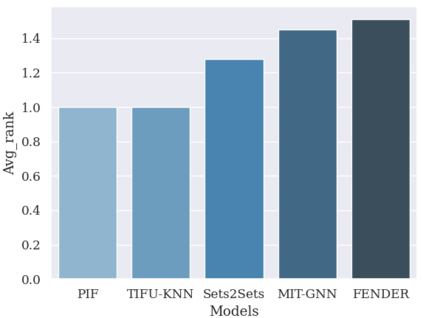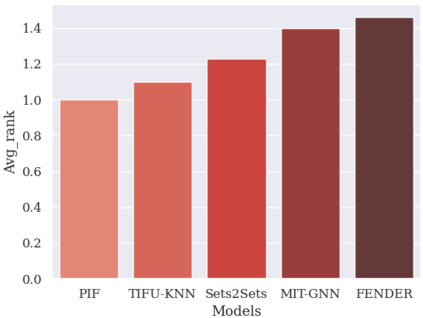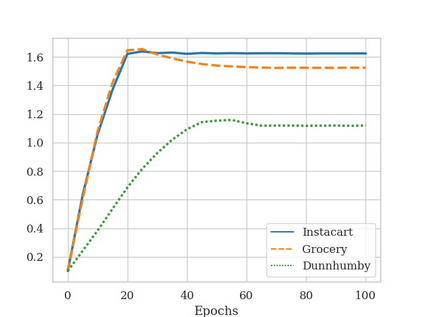Recent studies on Next-basket Recommendation (NBR) have achieved much progress by leveraging Personalized Item Frequency (PIF) as one of the main features, which measures the frequency of the user's interactions with the item. However, taking the PIF as an explicit feature incurs bias towards frequent items. Items that a user purchases frequently are assigned higher weights in the PIF-based recommender system and appear more frequently in the personalized recommendation list. As a result, the system will lose the fairness and balance between items that the user frequently purchases and items that the user never purchases. We refer to this systematic bias on personalized recommendation lists as frequency bias, which narrows users' browsing scope and reduces the system utility. We adopt causal inference theory to address this issue. Considering the influence of historical purchases on users' future interests, the user and item representations can be viewed as unobserved confounders in the causal diagram. In this paper, we propose a deconfounder model named FENDER (Frequency-aware Deconfounder for Next-basket Recommendation) to mitigate the frequency bias. With the deconfounder theory and the causal diagram we propose, FENDER decomposes PIF with a neural tensor layer to obtain substitute confounders for users and items. Then, FENDER performs unbiased recommendations considering the effect of these substitute confounders. Experimental results demonstrate that FENDER has derived diverse and fair results compared to ten baseline models on three datasets while achieving competitive performance. Further experiments illustrate how FENDER balances users' historical purchases and potential interests.
翻译:利用个人化物品频率(PIF)作为衡量用户与该物品互动频率的主要特征之一,最近关于“下篮子建议”的研究取得了很大进展。然而,将“个人化物品频率”作为明显特征,导致对经常物品产生偏差。用户购买经常在基于PIF的推荐系统中被赋予较高权重,在个人化建议列表中更经常出现。因此,该系统将失去用户经常购买的物品与用户从未购买的物品之间的公平和平衡。我们把个人化建议列表上的这种系统性偏差称为频率偏差,这缩小了用户对“ENDU”的浏览范围,减少了系统效用。我们采用因果推断理论来解决这一问题。考虑到历史采购对用户未来利益的影响,用户和项目表在因果图中可以被视为不为人知的共鸣者。我们在此文件中提议一个名为“FENdererrationer(识别“下篮子建议”)的解析者模型,用以减轻频率偏差,而对比了“ENDER”的购买成本模型和“FIRC”的模型,同时考虑“Foral decomforalal dealal restial restial rodual rodual rodual roduduction roduction” 和“Fest roduction Produduduction Producal Production Production” Productions)。









